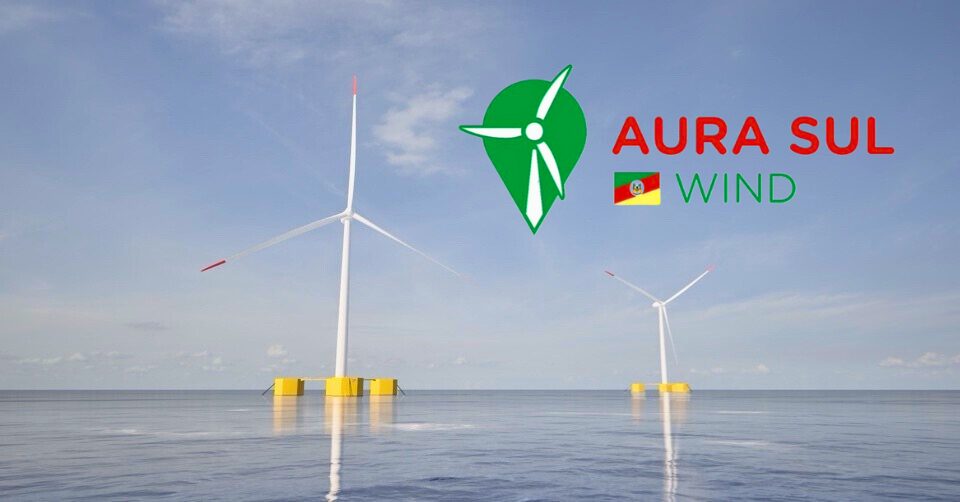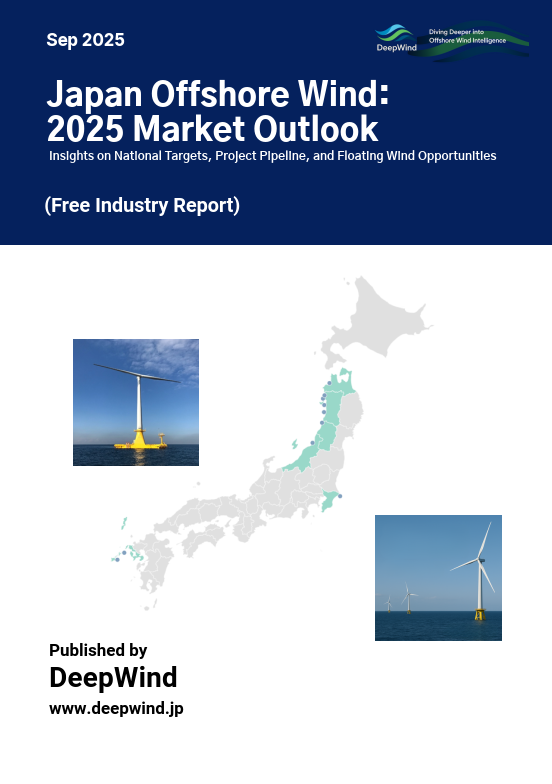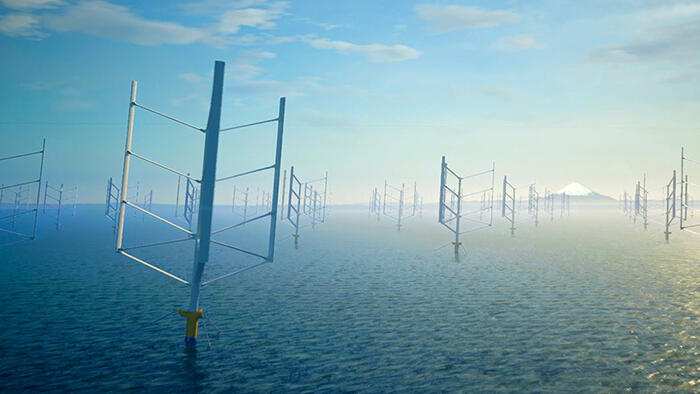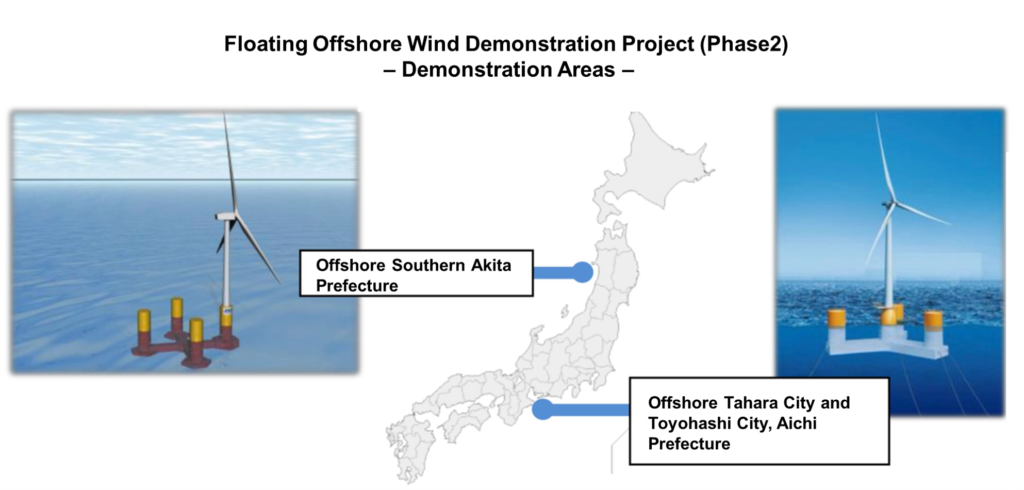A Historic Step for Japan’s Floating Offshore Wind
Japan’s floating offshore wind industry is reaching a historic milestone. For the first time, Japanese floating foundation technology will be demonstrated overseas. Announced on June 13, 2025, in Rio Grande do Sul, the Aura Sul Wind Project, led by JB Energy (Japan Blue Energy), will deploy the innovative Raijin Float in combination with the world’s largest offshore wind turbine, the MySE 18MW. This marks a turning point as Japanese technology steps onto the international stage.
Aura Sul Wind Project: A New Chapter for Brazil’s Offshore Wind
According to JB Energy’s LinkedIn announcement, the Aura Sul Wind Project is Brazil’s first floating offshore wind pilot project, launched in a region with world-class wind resources and robust port infrastructure.
What is the “Raijin Float”?
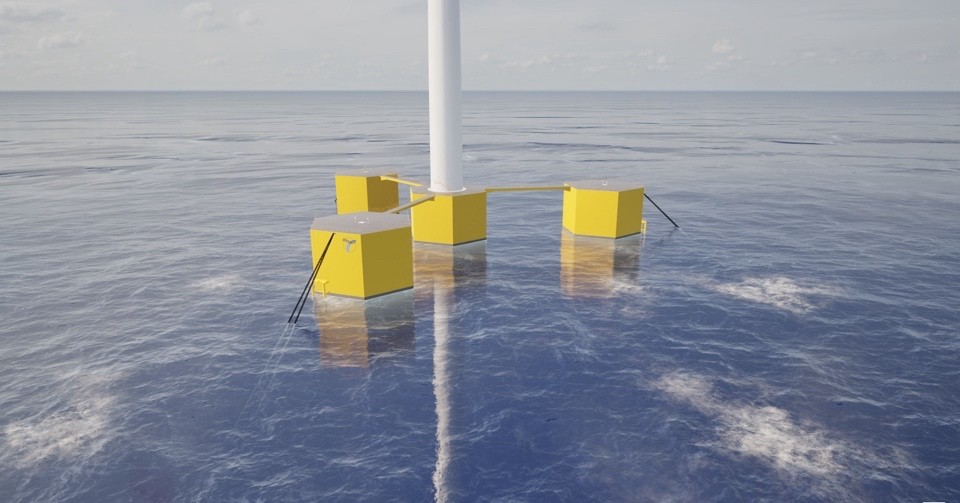
The Raijin Float is designed using pre-cast and pre-stressed concrete, enabling deployment in deep waters (>50m). According to JB Energy, this technology is expected to deliver the following benefits:
- Up to 50% reduction in CAPEX compared to steel foundations
- Lower installation costs and shorter timelines compared to fixed foundations
- Reduced CO₂ emissions during construction due to the concrete structure
This innovation accelerates time-to-revenue and shortens the investment payback period.

Consortium Members
The consortium involves the following organizations:
- JB Energy (Japan) – Consortium leader and Raijin Float technology provider
- Federal University of Rio Grande do Sul (Brazil) – R&D, education, and workforce training
- Sindienergia-RS (Brazil) – Institutional support and stakeholder engagement
- PORTOS RS (Brazil) – Port infrastructure and logistics support
- MingYang Smart Energy (China) – Supplier of the world’s largest 18MW turbine
- Technomar Engenharia (Brazil) – Digital twin and risk analysis
- Blue Aspirations (China) – Environmental data collection with LIDAR buoys
- ABEEólica (Brazil) – Industry support and fundraising
The project will proceed through environmental assessment, design, and construction, aiming for commercial deployment after 2030.
Why This Matters: Japan’s Floating Technology on the Global Stage
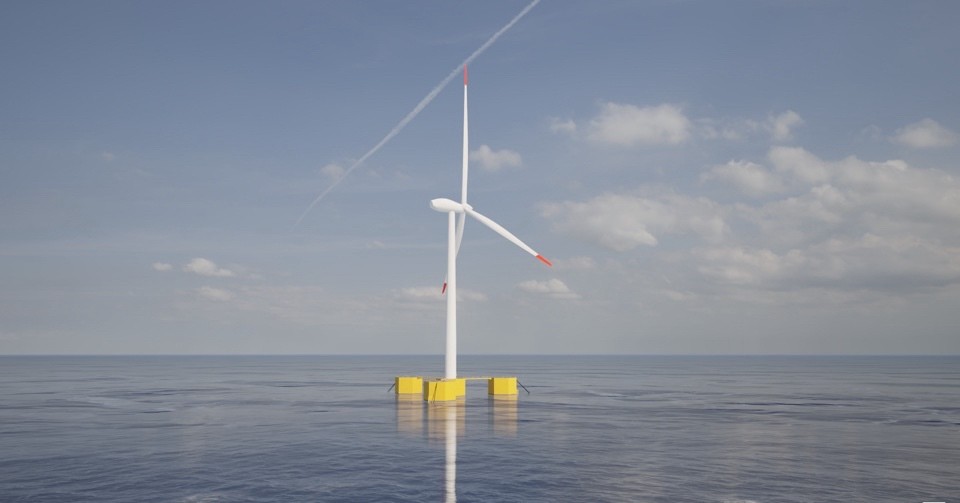
1. First Overseas Deployment of Japanese Floating Technology
Until now, Japanese floating offshore wind projects have been limited to domestic demonstration sites such as Fukushima, Kitakyushu, and Nagasaki. The Aura Sul Wind Project marks the first step toward internationalization. The GWEC Global Offshore Wind Report 2025 highlights floating offshore wind as the “next growth frontier,” with Japan positioned among the pioneering countries.
2. Validation in Global Competition
Alongside European semi-submersibles and U.S.-based floating designs, the demonstration of the Raijin Float in Brazil serves as a critical test case to showcase Japan’s engineering capabilities to the world.
3. A Foothold for Future Export Markets
Regions such as the United Kingdom, Portugal, Norway, China, South Korea and Taiwan are rapidly expanding their floating wind capacity. GWEC projects that 19 GW of floating offshore wind will be installed globally by 2034.
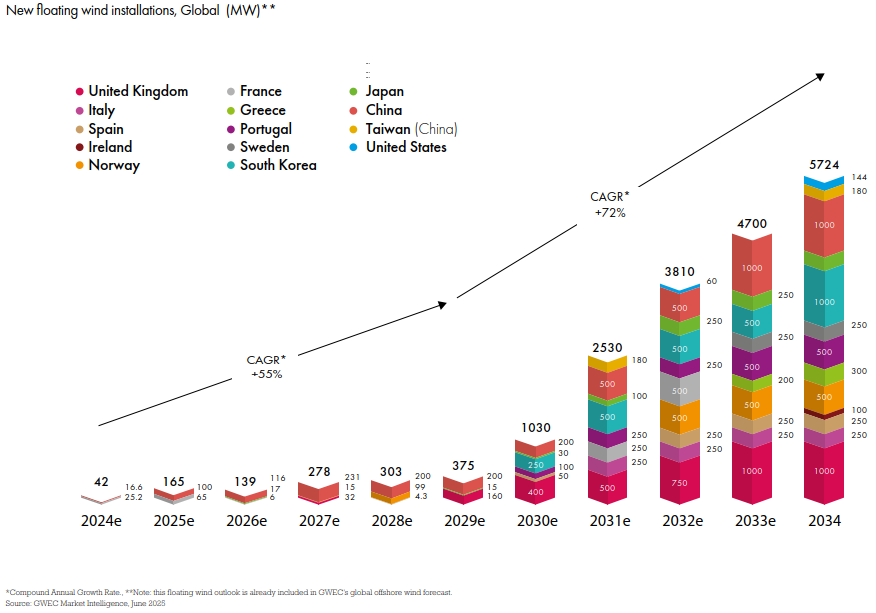
Future Outlook
The Aura Sul Wind Project is more than a pilot—it leverages Brazil’s oil & gas expertise and port infrastructure to position the country as a future offshore wind leader. For Japan, it represents a historic milestone: the first overseas export of floating technology, building trust and recognition in the global offshore wind market.
Conclusion
The Aura Sul Wind Project, featuring the innovative Raijin Float, is not merely a demonstration. It is a historic breakthrough marking the first international deployment of Japanese floating offshore wind technology. This project underscores how Japanese innovation can play a pivotal role in driving the global energy transition.
As JB Energy concludes:
“Through this project, Brazil aims to leverage its oil & gas heritage, technical talent, and unique geography to establish itself as a leader in the global offshore wind sector.”
DeepWind will continue to track how Japan’s floating offshore wind technology expands internationally and contributes to the global market.
For a broader look at offshore wind technologies and future innovations, make sure to explore our comprehensive summary article:
🌊 Offshore Wind Technology 2025: Foundations, Floating Wind, Turbines, and Innovations
